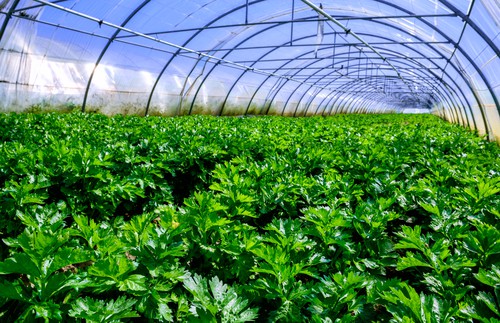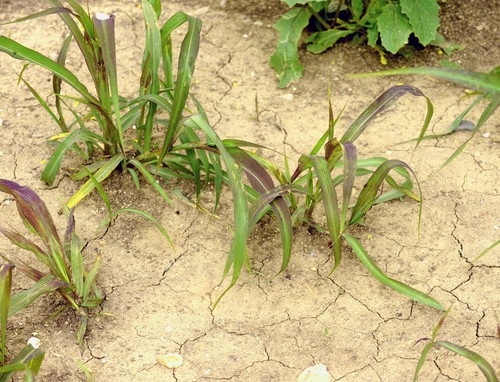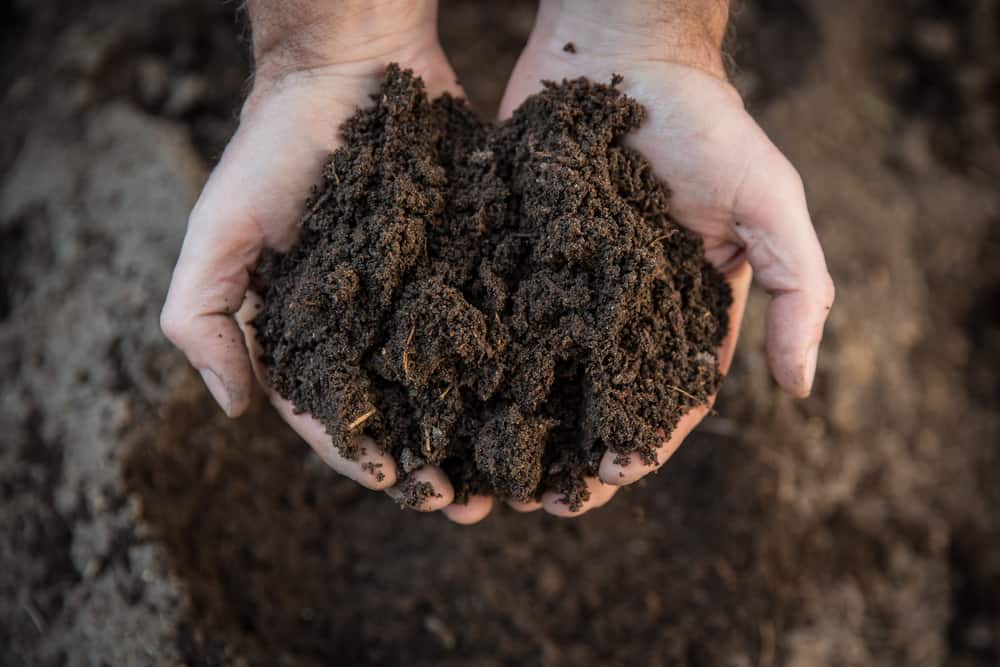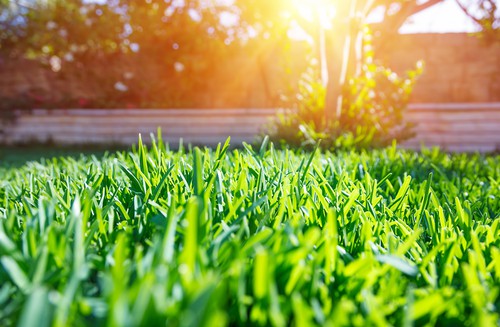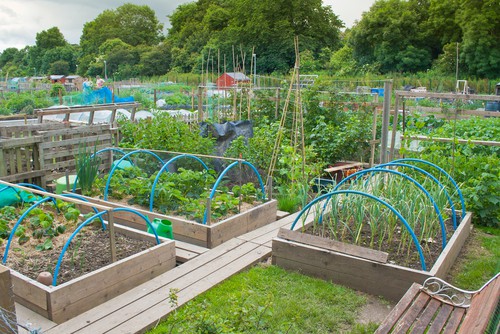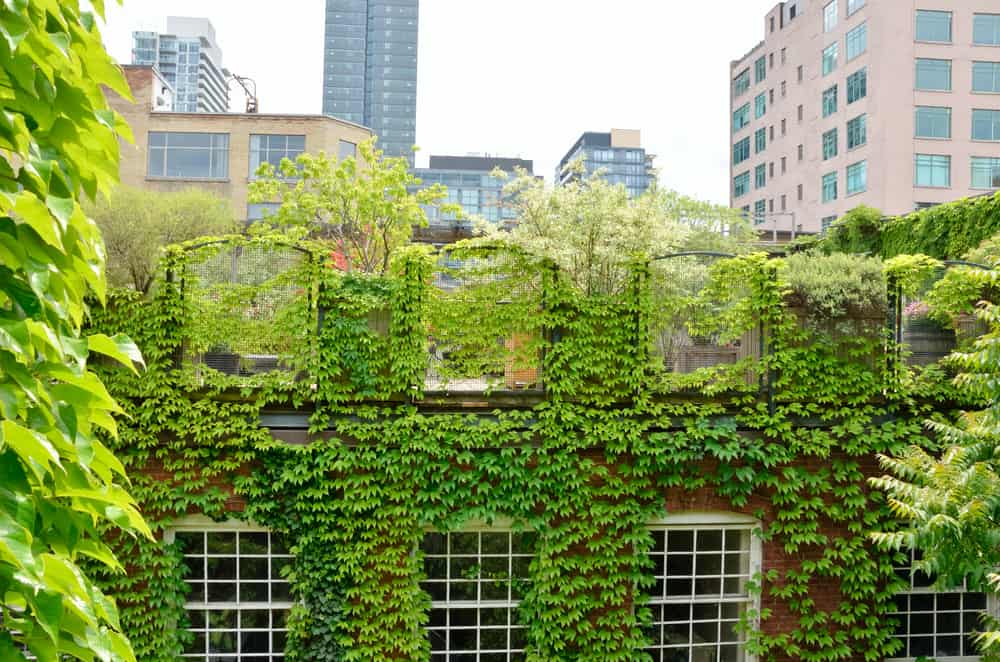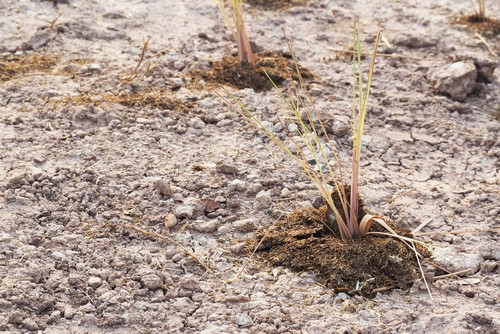“Our seasons are becoming more undefined and extreme weather is bringing new challenges to gardeners,” Deborah Scott Anderson notes on her blog.
No, Debbie is not one of those weather experts who update us from our tellies about the unforeseeable outdoor conditions. She is, as personally defined, a gardening enthusiast with particular interest in the overall pattern of the weather, we have come to know as climate.
Her view is one of the many observed effects of climate change, albeit in a very remote area as her backyard. There goes that term, Climate Change!
What’s the Fuss?
We’ve all heard about Climate Change, thanks to the ever-running news and media hype, heated arguments in the political and scientific arena (again covered by broadcast outlets), and it’s even taught at universities down to grade schools. We have literally gone through all kinds of education about this field.
But, how far do we know about this meteorological event? Why is it causing such a stir, with minority others who outrightly deny its occurrence? Most of all, what do we care?
Imagine this.
We use a greenhouse to grow a variety of plants because it’s protective wall traps in the heat. When the atmosphere outside is freezing cold, this garden structure keeps the enclosed area in warmer or more favourable temperature for seeds to sprout in.
Now, imagine this.
The earth we live in is covered by thick and unseen gases high up in the atmosphere. These gases include carbon dioxide and methane. As the sun warms up our planet, some of the sun’s heat radiates back to space, but some get trapped by the gases and stays around to help keep our earth warm. This occurrence is known to us as a greenhouse effect. And yes, our earth is one big, big greenhouse.
But the thing is, the earth has been that way since the beginning of time. This “sun radiates heat to earth and earth gives off heat then bounces back” is a phenomenon our great ancestors may never have heard of, but happens anyway even before them. It’s what kept our planet from too much cold. Remember, our earth was once covered in ice, wasn’t it?
Fast forward to our time.
So why are scientists and environmental organisations raising alarms against climate change? And what does it have to do with Debbie’s concern for gardeners?
Birth of “Climate Change”
Nature, in its natural order and cycle, is a good thing. But, put in human interventions into the equation and the result is more of trouble than whatever benefits men say there is.
Take the greenhouse effect. A majority of climate scientists now believe that the heat and carbon dioxide emissions brought about by Industrial Revolution have made the natural gases in our atmosphere thicker and warmer than it should be.
That said, just think how much more heat was added in by the steam engines, power plants, car engines, and other gas-based appliances used at home and outdoors. From the onset of industrial systems in the 17th century until this ever-modernising day, much has happened.
Experts and concerned organisations believe that as our earth gets hotter, the climate also changes, but at a worrying rate. It’s a no-good kind of climate change.
Whilst the natural change in climate that the earth has been seeing for thousand of years before keeps the earth at a heat-and-cold balance, this man-made climate change made our weather more erratic. In UK, for example, the weather has become even more unpredictable.
Gardeners Seeing the Effects on the Ground
For such a nation that is big on garden enthusiasts, UK’s sudden shift in weather behaviour and the climate can be hurting to the gardens. The planting seasons has shown significant move that it heavily impacts what we plant. Water slowly becomes an issue in the garden, at times there is too much rain and then the next few days, drought. Gardeners would have to deal with more flooding and extreme droughts. Plus, new weather conditions is almost tantamount to new weeds, new pests like locusts that aren’t around an area before, and new strings of plant diseases.
Many of our existing plants and animals are simply not made to adapt quickly at such sudden changes. Garden favourites may soon become rare as some of them will not thrive in drier conditions, whilst spring bulbs develop problems due to wet winters.
That’s climate change effect on a daily and seasonal basis. And if things get worse, they would have the same fate as the cottonweed, small bur parsley, and other extinct species.
Ok, that might seem an overly concluded, sci-fi generated gardening future. But for Debbie, this is not only a possible future but a rather personal battle. “I began to notice how the plants in my garden were being affected by increasingly unpredictable weather patterns,” she notes.
And that goes true to all other gardeners as seen in a 2013 Gardening in a Changing Climate Survey by the Royal Horticultural Society and the University of Reading. Of the 1000 plus British gardeners, 41% are fairly, and 36% very, concerned about climate change and are already taking action to adapt to it.
Four-fifths of them had started paying more attention to the weather in recent years while 65% said they were being more careful to protect their plants from weather extremes, especially the cold.
Here are some of their observed changes in their backyards:
- More than 70% thought flowering times were later
- More than 60% thought flowering times were earlier
- 30% experienced a longer season
- More than 20% experienced a shorter season
- More than 30% experienced two or more flowering events
- More than 10% experienced no flowering events
Many of them are worried about the future, but the survey also reveals optimism among gardeners and their abilities to cope with the topsy-turvy climate.
Major moves against climate change
Gardeners are not the only one affected by these changes. So are the animals, the very place we live in, our health, basically, every one of us. And its consequences go as extreme as rise in sea levels and shortages of water.
UK was the very first country in the world to take note of this by setting targets to reduce greenhouse gas emissions to at least 80% by 2050. In other parts of the globe, countries take on integrated approach by including climate-related action plans into their national planning and poverty reduction programs.
Big plans, yes. And bigger challenges, too. Remember where global trends are getting into? More energy is used in day-to-day operations of big industries and lifestyles, especially among developing countries, move to more car-buying and use of appliances. Governments have yet to address the balance between economic growth and climate risks.
But, whilst higher authorities and major industry players struggle to make stern decisions, any concerned individual will find it much easier to take immediate actions.
Climate Change reduction in your own backyard
As the Union of Concerned Scientists precisely puts it, gardening practices alone won’t solve global warming, but gardeners can point the way to climate-friendly farm policies that will have a bigger impact. That means gardeners do have a unique power to save the world.
Here are 24 simple gardening practices that will make a big difference:
1. Plant “plants of the future”
A single tree absorbs about 10 to 24 pounds of carbon dioxide—the biggest component of global warming—annually. Planting a great number of this renewable resource can substantially alleviate the impact of climate change. A word of caution, though. As said, climate may shift even more in the years to come. So it pays to ask experts or consider what long-living plants like trees can thrive in your place for about 20 years or longer.
2 Choose weather-fit plants
Get the feel of your own environment and pick the kind of plants suited to the condition. As a rule, native plants grow best in a given area and reduce the threat of pests and diseases than non-native ones. Also, check out the updated hardiness zone maps and see the new climate norms. NOAA, for example, has released interactive climate-related planting zone maps to guide gardeners in their choice of crops.
3. Add natural windbreaks
Backyard trees, shrubs, and hedges. These large plants serve as windbreaks against stormy weather and out-of-the-ordinary wind. Plus, they may survive even during drought or under torrential rain.
4. Enrich your soil
Soil itself has the power to sequester carbon dioxide. And if treated well enough, its potential will all the more be maximised. You can make your soil climate-friendly by adding in organic matter, nutrients, and mulch.
5. Keep your soil productive
Some period of time makes it hard for plants to grow and thrive, leaving the soil bare. Make sure that you keep your garden soil active by using cover crops like grains or legumes to make up for the absence of other consumable plants. They help reduce the need to use fertilisers to invigorate the soil come the planting season.
6. Get smart with water
During dry weather, water could run short at any time. So it helps to set-up your own water reservoir in the backyard. Save rainwater for use in the garden. Invest in large water containers and collect still useable water from your washer or shower.
7. Let your plants stay watered
Consider drip irrigation than the normal sprinklers. This way, you get to control the amount of water that gets into your plant and avoid water flow on your garden soil. Use soaker hoses to water down your plants right directly through to their roots.
8. Maintain what is presently growing
If you’re gardening on slopes, let the existing plants grow naturally and clear the vegetation only to a minimum work. This will help avoid the impact of flooding and erosion. The thing is, natural terrains are home to established plants and they are better able to adapt to the weather.
9. Keep your lawns undisturbed
A lawn is usually made of thousands of individual grass that absorb carbon dioxide in the air and throughout its seasonal cycle deposits carbon into the soil. If left undisturbed, the humble lawn contributes to sequestration of carbon for longer periods. So go easy on your mowers and avoid paving over large areas of the garden.
10. Go for low heat-emitting garden supplies
Carbon dioxide is emitted even in our garden tools, equipment, and even peat-based mixes and pesticides. When possible, try to use the ever-reliable hand tools like rake, spade, hand clippers, and organic garden solutions.
11. Get energy-efficient outdoors
Out in your household, you can still apply energy-efficiency and lessen carbon footprint by replacing outdoor light bulbs with LED bulbs or invest in solar-powered garden products.
12. Take advantage of season extenders
Hot or cold or a mix of both, you can still enjoy a good harvest all season long with the help of some season extenders. These include a hoop house on raised garden bed, cold frames, garden fabric, high tunnels, row covers, and yes, greenhouse structures.
13. Go container gardening
Sudden changes of weather in a single day may cause confusion to your growing plants. If possible, plant your perennials or some of your vegetables in containers. Come extreme rain or sun, you can move your plants in an instant you seem fit to do so.
14. Recycle garden wastes
Garden wastes like grass cuttings, hedge trimmings, and dried wood better be put to good waste than simply getting dumped in the garbage and adding to carbon pollution. Recycle them as organic fertilizers or compost heap, which again, and better nutrient source for your soil and plants.
15. Create a wildlife garden
Gardens that mimic the wildlife environment allows the natural system to work with less struggle against changes in the weather or climate. Allow local plants to grow naturally, and if possible, create more water features around your garden to help the garden animals, too.
16. Green urban spaces
Even urban gardeners can up the game. The RHS recommend greening up the city by planting climbers and wall shrubs, encouraging wildlife by planting more variety of plants, using permeable paving, and of course, planting trees.
17. Keep a record of your garden pattern
Climate change is a global problem. You can help big organisations in finding solutions to this problem on a wider scale by contributing your knowledge about its effect. Some of these societies gather data from citizens about any new trends and changes they notice in their very own gardens and in how they garden.
More tips for gardening in dry regions
- If your place is drier, pick drought-tolerant plants such as catmint, coneflower, liquorice plant, and don’t forget succulents.
-
Aside from picking plants that can survive the heat spell, make sure to enrich the soil with more compost. This will help retain moisture on the ground so you lessen the need to water your plants.
-
Water down during early morning or late afternoon. These cool hours of the day will reduce evaporation of water, giving more time for your roots to sip in the moisture.
More tips for gardening in wet regions
- For wet areas, moisture-loving plants like pickerel weed, elephant’s’ ear, and irises will thrive well.
-
Amend your water-loving plants with vermiculite to help lock in the moisture and anchor the roots of younger plants.
-
Should flooding occurs, collect any debris to prevent drain blocks and lingering of contaminants. Best not to consume any near harvest plants to avoid sickness. Also, wait till the soil is workable so as not to worsen any problem on the ground.
-
To counter the effects of floods, grow plants in raised beds.
For a backyard gardener like Debbie, climate change raises a lot of concern and sensitivity as the vegetables they eat and the flowers they love to see depend largely on the climate. We can take on the same consciousness as any other gardener by being mindful of our environment. Work with it, not against it.
Resources:
http://www.myclimatechangegarden.com/
http://www.explainthatstuff.com/globalwarmingforkids.html
http://www.bbc.co.uk/gardening/basics/weather_climatewarming.shtml


